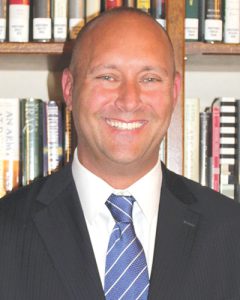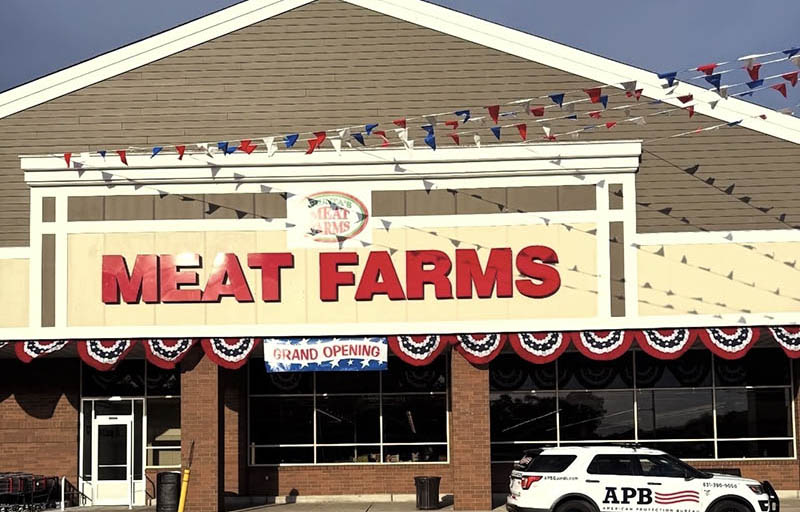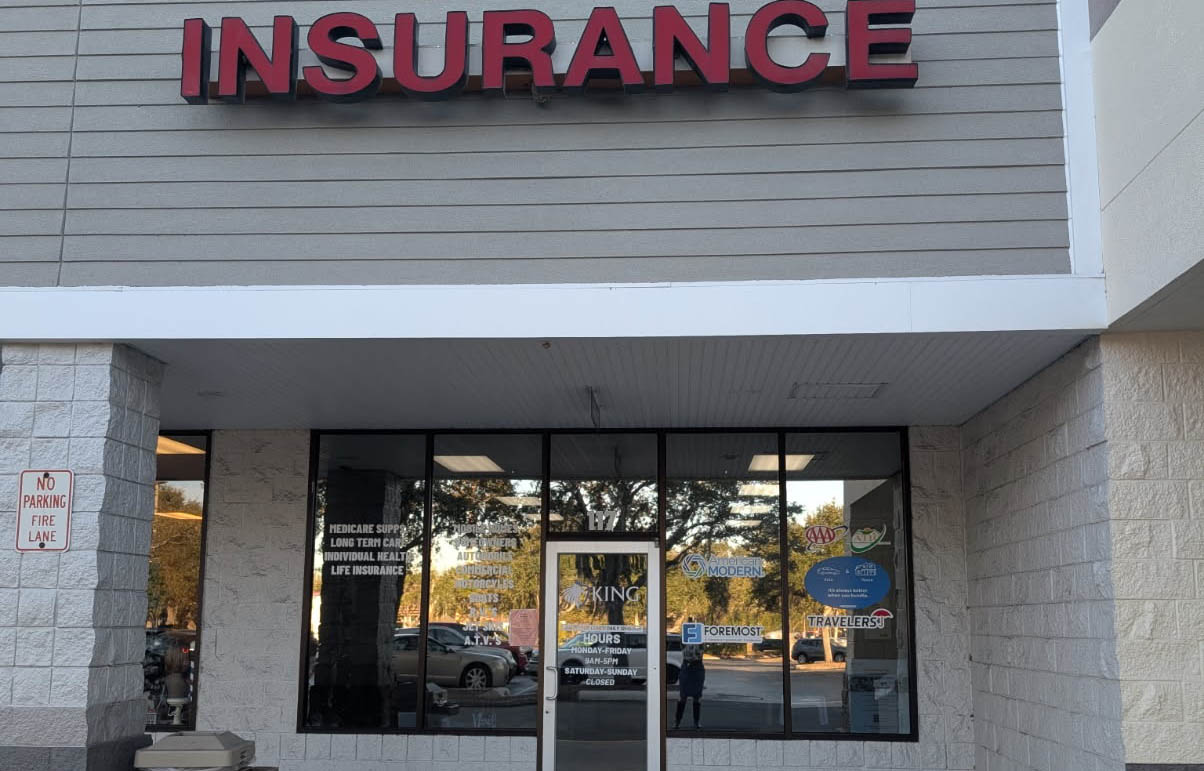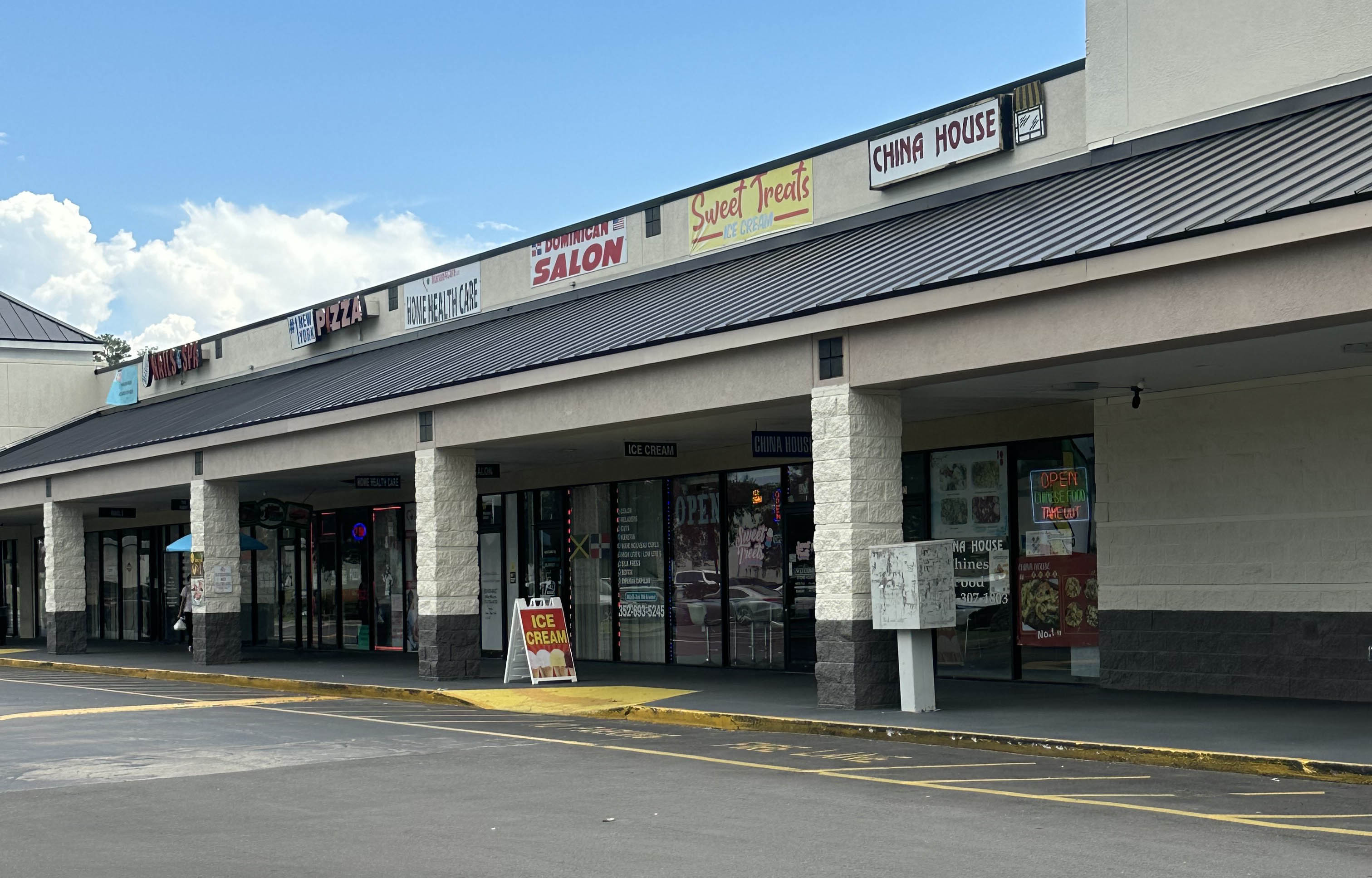The year “redundancy” became a real estate buzzword by Robert Bianco
I guess it shouldn’t be a surprise that “redundancy” is becoming a buzzword in a city named New York, New York. If you are a real estate broker, it’s a term that comes up in nearly every property tour for commercial space alongside far more mundane questions:
• “How close is the nearest subway station to this building?”
• “There’s a Stumptown Coffee down the street, right?”
• “What kind of redundancy is built into the building’s broadband?”
I’ve written before about how real estate brokers and property owners need to have a dizzying range of expertise nowadays, and telecommunications knowledge is no longer just a bonus. It’s a prerequisite for working with clients seeking commercial space because of the central role that technology and connectivity plays in so many businesses today, regardless of what industry they are in. One of the specific telecom topics that inevitably comes up in these conversations is redundancy, with good reason: New York City is the unofficial world capital of fiber cuts.
It is difficult to get accurate statistics about how often it happens, but anyone who lives and works in New York knows that fiber cuts are a fact of life in the city. A construction crew does a bit of digging. They aren’t careful about all the fiber and telecom infrastructure that is buried just inches below the asphalt. And they cut right through the connectivity for an entire city block or a quadrant of blocks. It’s such an epidemic that prominent news outlets like Fortune Magazine and the New York Times have put a spotlight on it. Unfortunately, there’s no easy solution because construction crews are not going to stop digging in the city.
The companies that provide broadband via those underground fiber lines may not want to talk about how frequently the cuts happen, but commercial real estate clients definitely do because they have lived the chaos when their offices come to a halt. They don’t want to be a sitting duck, waiting for when (not if) the next outage will happen. They want to know what kind of redundancy a given building has so they know that their operations will stay up and running even when a construction crew pulls up outside and digs too deep.
So what does redundant connectivity look like for a commercial building in New York City? The critical ingredient is to avoid being 100% reliant on underground fiber for a building’s connectivity. You will get some strong arguments from some quarters about that statement, but that typically comes from people with a vested interest in underground fiber. In too many instances, a building is labeled as having “redundant telecom connectivity,” but the reality is that there is simply a second underground cable laid down in the same vicinity as the first one—sometimes immediately beside it. Cutting two cables is more of a challenge than cutting one, but I feel confident NYC construction crews are up to it.
Enterprise clients in New York are sophisticated enough to dig beyond a reflexive “yes” when they ask if a building has redundancy. If they ask, “What kind of redundancy is built into the building’s broadband?” and you say, “Yes, we have fully redundant broadband coming into the building,” they will counter by bombarding you with a series of questions, each more technical than the last:
“Is it all underground cable?”
“Where are each of the cable intakes located?”
“Are they part of the same telecom fiber network?”
“Or is there redundancy built into the network as well?”
And on from there.
Each of those questions is driven by a desire on the part of enterprise clients to have true redundancy. True redundancy means protection in the case of inevitable fiber cuts down at street level outside the building’s front door but also in the case of broader outages that affect the neighborhood as a whole. When growing companies look for space in the city, the checklist they work with no longer just lists a desired square footage and amenities; it has very specific telecommunications-related must-haves. And true redundancy is bound to be one of those in New York, New York, the land of outages, outages.
So what are the key things that property owners and brokers can communicate to clients to pre-empt these concerns and pave the way for clients to sign on the dotted line?
The magic word isn’t “redundancy,” it’s “diversity” – what will truly give a client peace of mind is when you can tell them about the diversity of your building’s connectivity. That means not just being fiber-reliant, but also having other technologies like fixed wireless that keep them connected no matter what. It means diversity of backup paths with no shared point of failure for data into and out of the building. It means diversity of telecom networks. Diversity is a recipe for a business staying up and running, increasing network resiliency even during catastrophic network events, and being able to paint that picture for clients is as important as the lovely marble floors in the lobby.
Guarantees in the form of SLAs
Talking about diversity is only half of the task, though, because that redundancy could very well be an empty promise without a performance guarantee to go along with it in the form of a Service Level Agreement (SLA) that promises a certain level of uptime to clients and protects your services from end-to-end, including the last mile of service–from a provider’s service point to a building’s internal network. Any company that provides connectivity into your building should be willing to do so with a firm SLA that stands behind the diversity claims. In the telecommunications world, the gold standard for SLAs is “Five Nines,” which refers to 99.999% uptime, which equates to no more than roughly five minutes of downtime per year, typically for routine maintenance in the middle of the night or on the weekend.
This type of diversity backed by a “five nines” guarantee is exactly what enterprise clients are looking for when they evaluate new office space because it ensures their operations won’t come to a screeching halt. Now if only that Stumptown Coffee were a few blocks closer, there’s no way clients could stay on the fence about this space.
Robert Bianco is a regional director for Windstream, New York, N.Y.
Delisle and Monahan of Island Associates lease 45,000 s/f to Giunta’s Meat Farms at Strathmore Commons


Behind the post: Why reels, stories, and shorts work for CRE (and how to use them) - by Kimberly Zar Bloorian

Lasting effects of eminent domain on commercial development - by Sebastian Jablonski

AI comes to public relations, but be cautious, experts say - by Harry Zlokower










.jpg)
.gif)
.gif)